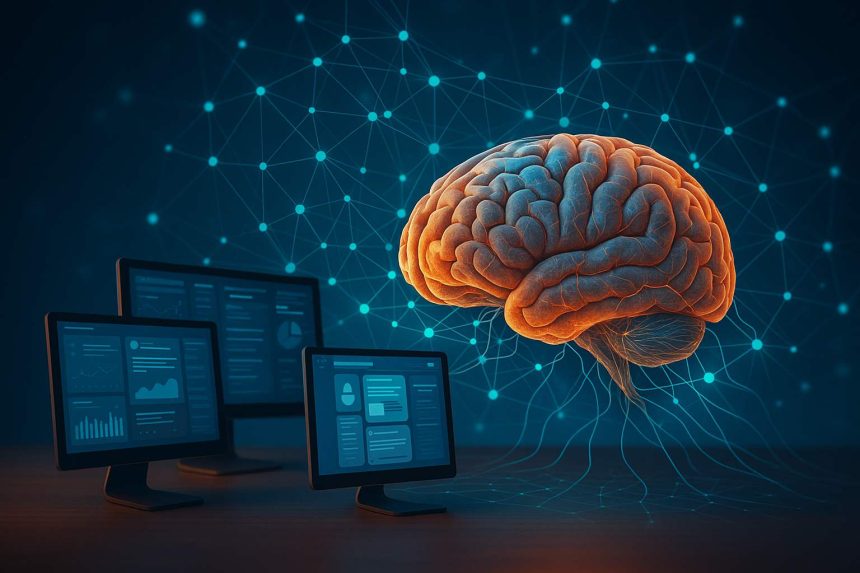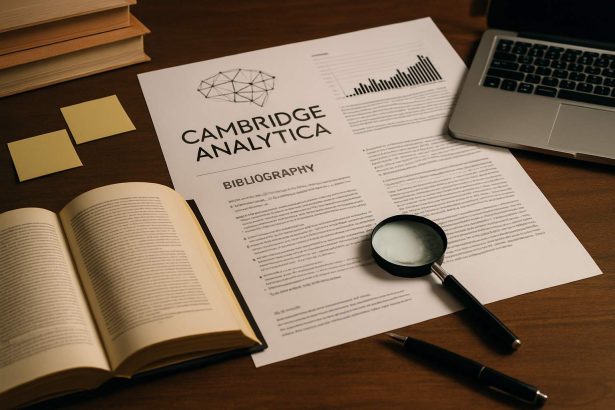The invisible power of persuasion
Every day, we are exposed to thousands of messages designed to influence our thoughts and actions.
From the news we read to the ads we see, algorithms quietly decide what appears on our screens.
These choices are not random — they are based on patterns in our data that reveal what captures our attention and what triggers emotion.
Psychologists call this persuasive design — the use of behavioral science to steer decisions.
What makes this form of influence so effective is that it operates below our awareness.
We believe we are choosing freely, while our options are subtly framed for us.
The Cambridge Analytica model: personality meets data
Cambridge Analytica’s innovation — and its danger — was its combination of psychology with big data.
By analyzing Facebook likes, the company claimed it could infer traits such as openness, conscientiousness, extraversion, agreeableness, and neuroticism (known as the OCEAN model).
Once these profiles were built, targeted messages were crafted to appeal to each personality type.
For instance, someone identified as anxious might receive ads emphasizing fear and security, while an extrovert might see content celebrating community and belonging.
Emotion as a vector of control
Humans make decisions emotionally first, rationally second.
Neuroscientist Antonio Damasio demonstrated that people without emotional responses struggle to make even simple choices.
Data-driven influence exploits this by focusing on emotional triggers rather than facts.
Campaigns based on fear, outrage, or identity are not accidents — they are engineered to exploit predictable human reactions.
Once emotion takes over, critical thinking weakens, and persuasion becomes effortless.
The feedback loop of attention
Modern platforms optimize for engagement, not truth.
Algorithms measure what keeps users scrolling — anger, excitement, curiosity — and feed them more of it.
This creates a feedback loop that reinforces existing beliefs and polarizes communities.
The result is a fragmented information landscape where people inhabit separate realities.
What was once a shared public sphere has become a mosaic of personalized narratives — each shaped by invisible psychological levers.
Persuasion, propaganda, and power
The line between marketing and manipulation is thin.
Political strategists have long used persuasion, but the scale and precision of digital targeting make it qualitatively different.
What was once propaganda aimed at nations is now micropropaganda aimed at individuals.
This shift redefines power itself: whoever controls data can shape perception.
As one former Cambridge Analytica employee put it, “We didn’t need to change everyone’s mind — just enough to tip the balance.”
The neuroscience of belief
Recent studies in cognitive neuroscience show that beliefs are tied to identity.
When information challenges our worldview, the brain reacts as if under threat.
This explains why false or biased content can persist even when corrected — it’s emotionally safer to reject the correction.
Understanding this helps explain why misinformation spreads so easily online: it appeals not to logic but to belonging.
People share what feels true within their group, not necessarily what is factual.
The illusion of autonomy
One of the most disturbing aspects of algorithmic influence is that it gives the illusion of choice.
You see a post, feel an emotion, and decide to act — unaware that your attention was directed there intentionally.
In behavioral science, this is called a nudge.
Nudging can be benign — encouraging recycling or healthy eating — but when used in politics or commerce without transparency, it becomes manipulation.
The ethical boundary lies in whether users are aware of being influenced and can opt out.
Can we design ethical influence?
Ethical persuasion is possible.
Transparency, consent, and accountability are its pillars.
Platforms and advertisers can design systems that empower users rather than exploit them — but this requires redefining success beyond engagement metrics.
Some researchers advocate for “ethical design frameworks,” which integrate behavioral science responsibly, ensuring that influence serves collective well-being instead of profit or politics.
How to resist manipulation
- Question emotional reactions. When a post makes you angry or afraid, pause before reacting — that’s often a sign of manipulation.
- Diversify information sources. Read across different outlets to escape algorithmic bubbles.
- Understand the system. Learn how ad targeting and recommendation algorithms work; knowledge reduces vulnerability.
- Limit data exposure. The less personal data you share, the less material there is for psychological profiling.
- Support transparent media. Choose platforms and creators who disclose funding, sponsorships, or targeting methods.
From persuasion to empowerment
The future of digital communication doesn’t have to be manipulative.
Data can be used to educate, inspire, and connect rather than divide.
By understanding the psychology of influence, users can reclaim their autonomy — turning awareness into empowerment.
The key lies in rebalancing the relationship between technology and humanity: ensuring that algorithms serve human values, not the other way around.
Takeaway: The Cambridge Analytica story revealed how psychological data could be weaponized to shape opinion.
But it also taught us that knowledge is defense. By understanding how influence works, we can build a more conscious, ethical, and human-centered Internet.
- The invisible power of persuasion
- The Cambridge Analytica model: personality meets data
- Emotion as a vector of control
- The feedback loop of attention
- Persuasion, propaganda, and power
- The neuroscience of belief
- The illusion of autonomy
- Can we design ethical influence?
- How to resist manipulation
- From persuasion to empowerment







